
The Edit
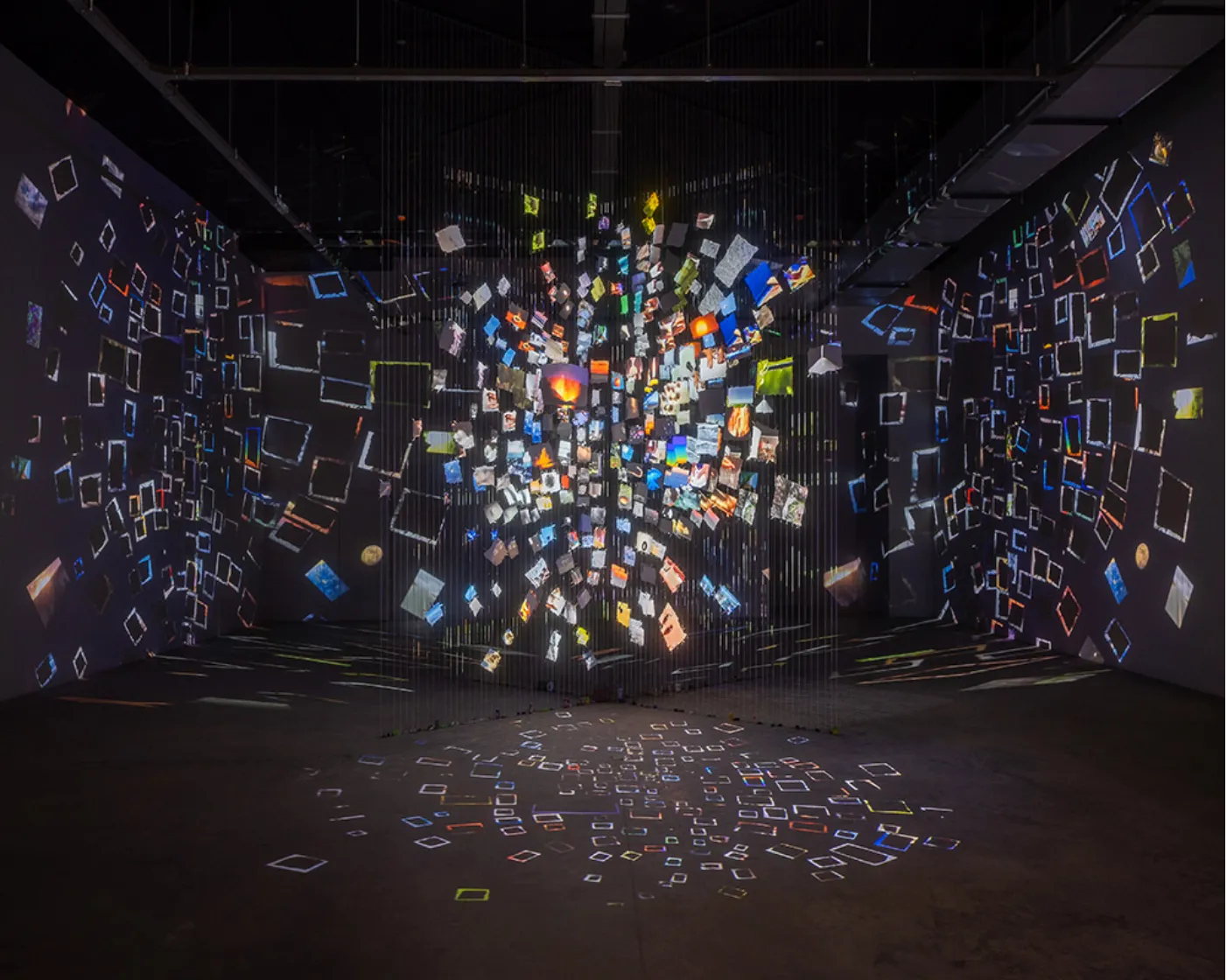
I’d had an event on my calendar for weeks: THE PURGE, October 11th.
For months, I’d noticed the slow buildup — closets filling, surfaces disappearing, that creeping sense of too much. Every year around this time, I feel the pull to reset: to clear drawers, rearrange, and breathe again. It’s become a kind of seasonal ritual — a physical edit.

But this year, something shifted. As I sorted through the familiar excess, I began to realize it wasn’t just about my space, but my relationship to it — to what I keep close, and what I’m finally ready to release.
The Process of Letting Go
Letting go isn’t about rejecting what was, it’s about recognizing what’s complete.
There’s a certain courage in that. In both interiors and inner worlds, editing isn’t destruction; it’s refinement. It’s authorship — deciding what deserves to remain part of the narrative you’re building.

“Editing is where the story begins to make sense.”
Sometimes we hold onto things out of nostalgia, sometimes out of fear we won’t find better. But every object, file, or idea we release frees the energy it once held — space, time, attention.
The Psychology of Space
The mind reads clutter as unfinished business. It keeps the nervous system alert, trying to solve what’s unresolved.
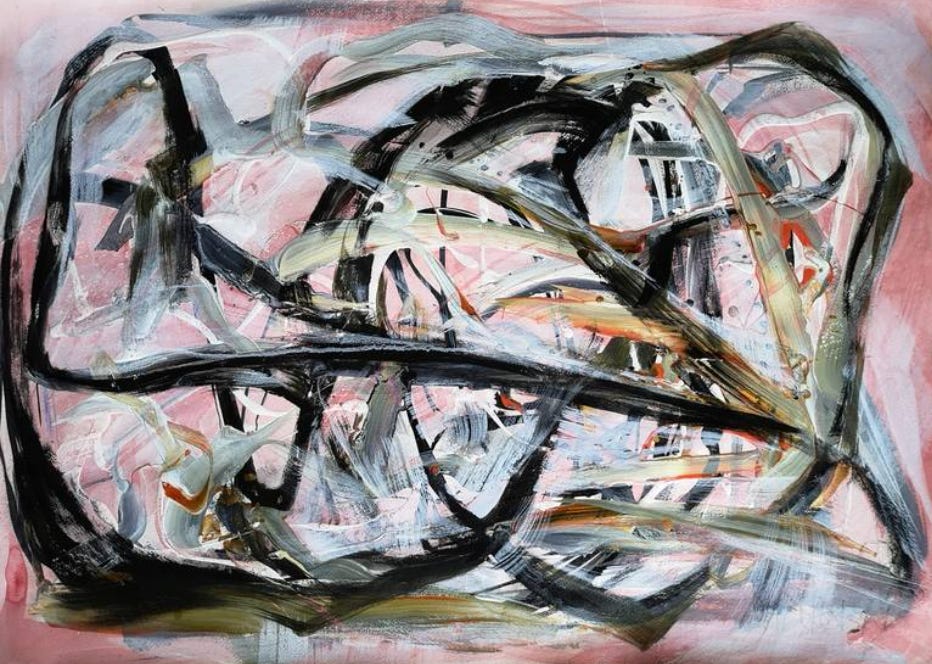
When a room is edited — surfaces clear, objects intentional, light uninterrupted — the body softens. Spaciousness invites focus, not absence. It’s not emptiness that feels restorative; it’s coherence.
A room in order signals possibility. It tells the mind there’s capacity — that something new can enter.
The Design of Restraint
Editing is the pause that gives meaning to what remains.

A single wall, left bare, can make one object feel monumental.
An open surface lets light become its own material.
A restrained palette brings harmony to everything it touches.
We often mistake creativity for accumulation — but true expression lives in clarity. The most resonant spaces feel composed, not crowded. They speak through proportion, balance, and intention — through what’s been thoughtfully left behind.
What Remains
The beauty of editing is that it’s never only about what leaves — it’s about what stays.
The piece that still holds memory.
The color that still stirs something in you.
The idea that continues to feel alive.
Editing reveals essence. It’s a form of distillation — refining not for perfection, but for truth.

Final Thought
Design is an act of curation. So is life.
We’re all editors, whether of rooms, relationships, or routines —clearing the way one decision at a time. Because the goal isn’t perfection; it’s presence.
And in the end, The Edit isn’t about loss at all.
It’s about trust — that what remains is exactly enough.
💌 Elle
P.S. I’d love to know—what’s your favorite part of the editing process? The clearing, the choosing, or the calm that follows?
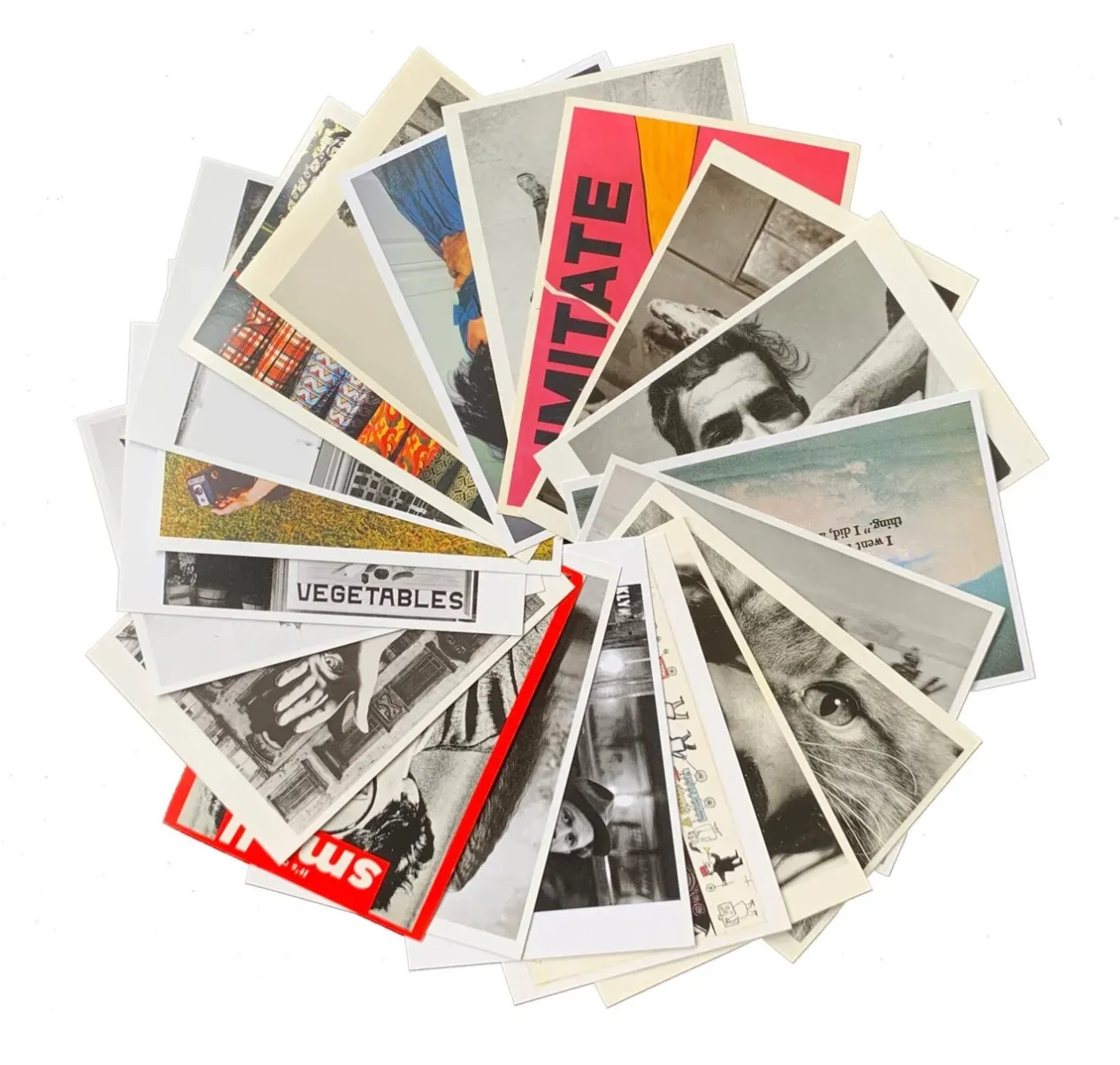



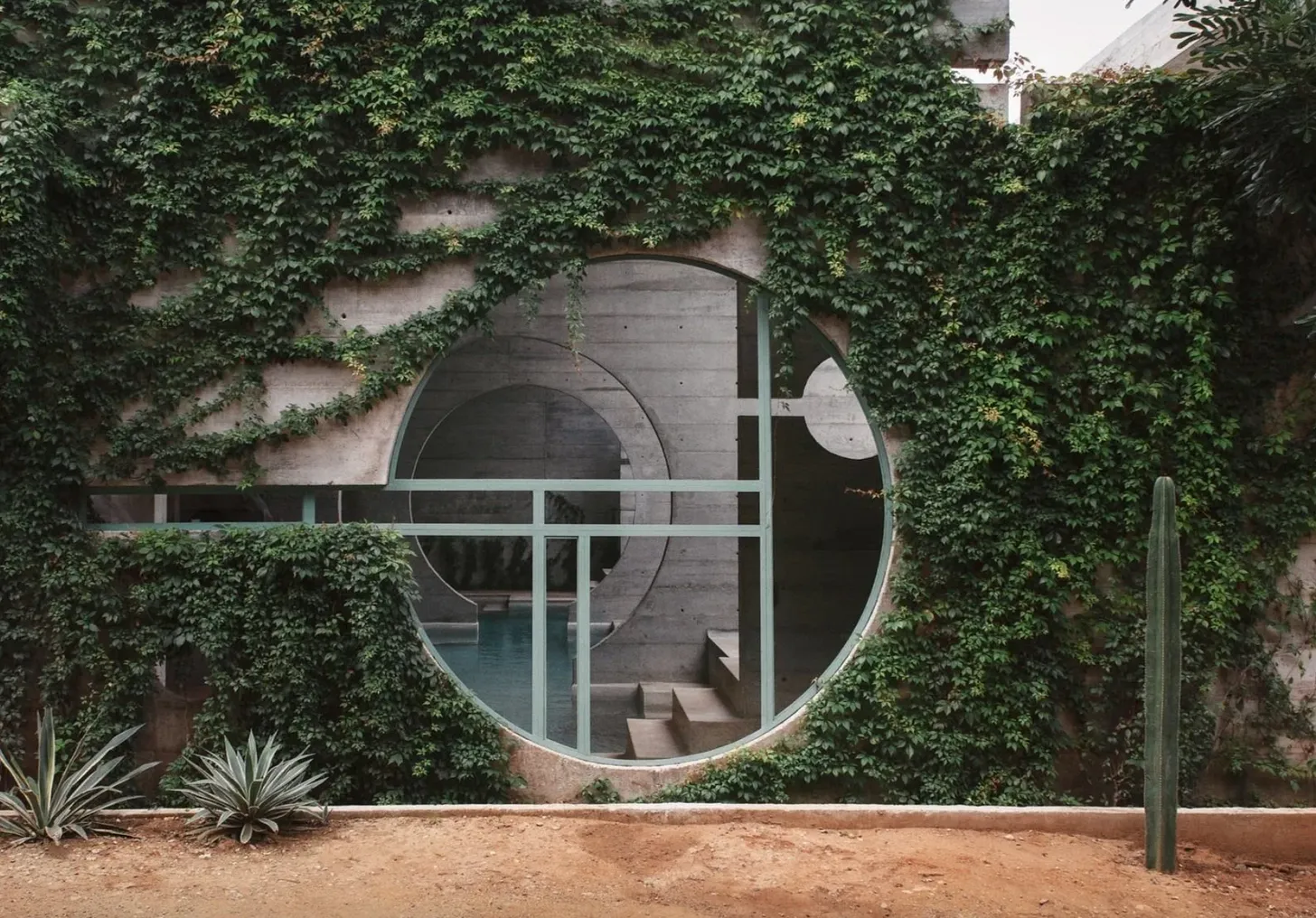

.svg)

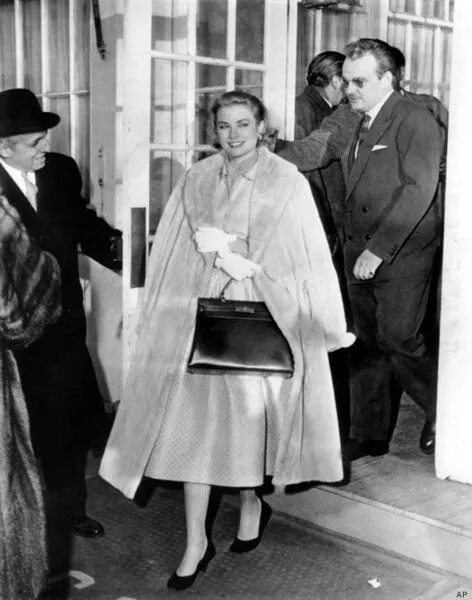
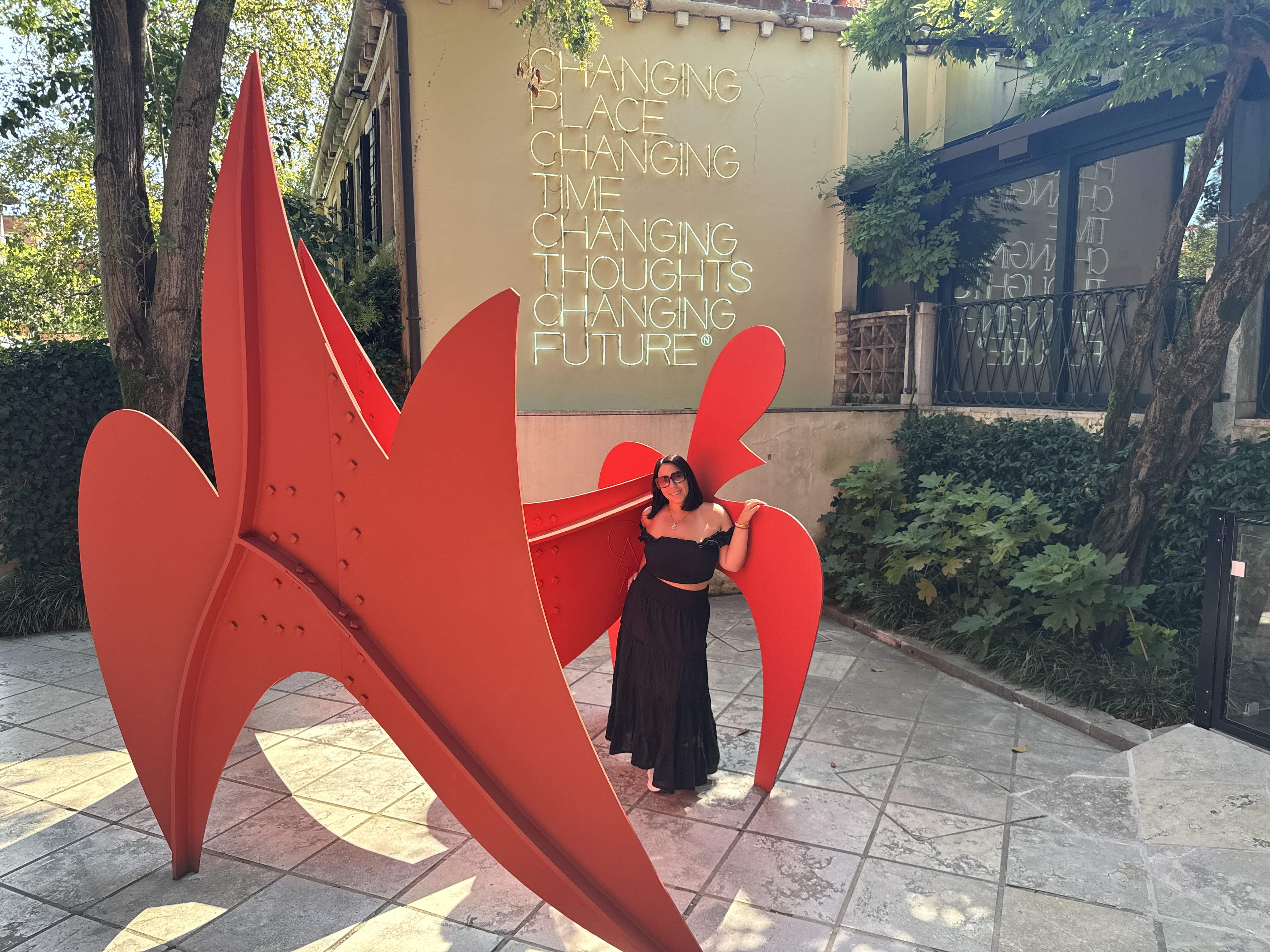
.svg)
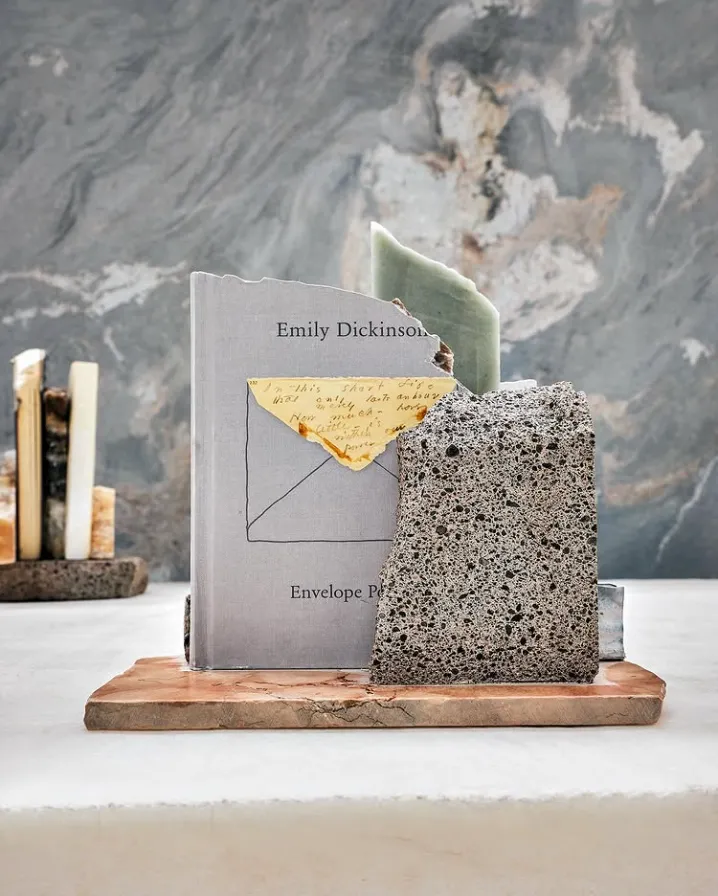
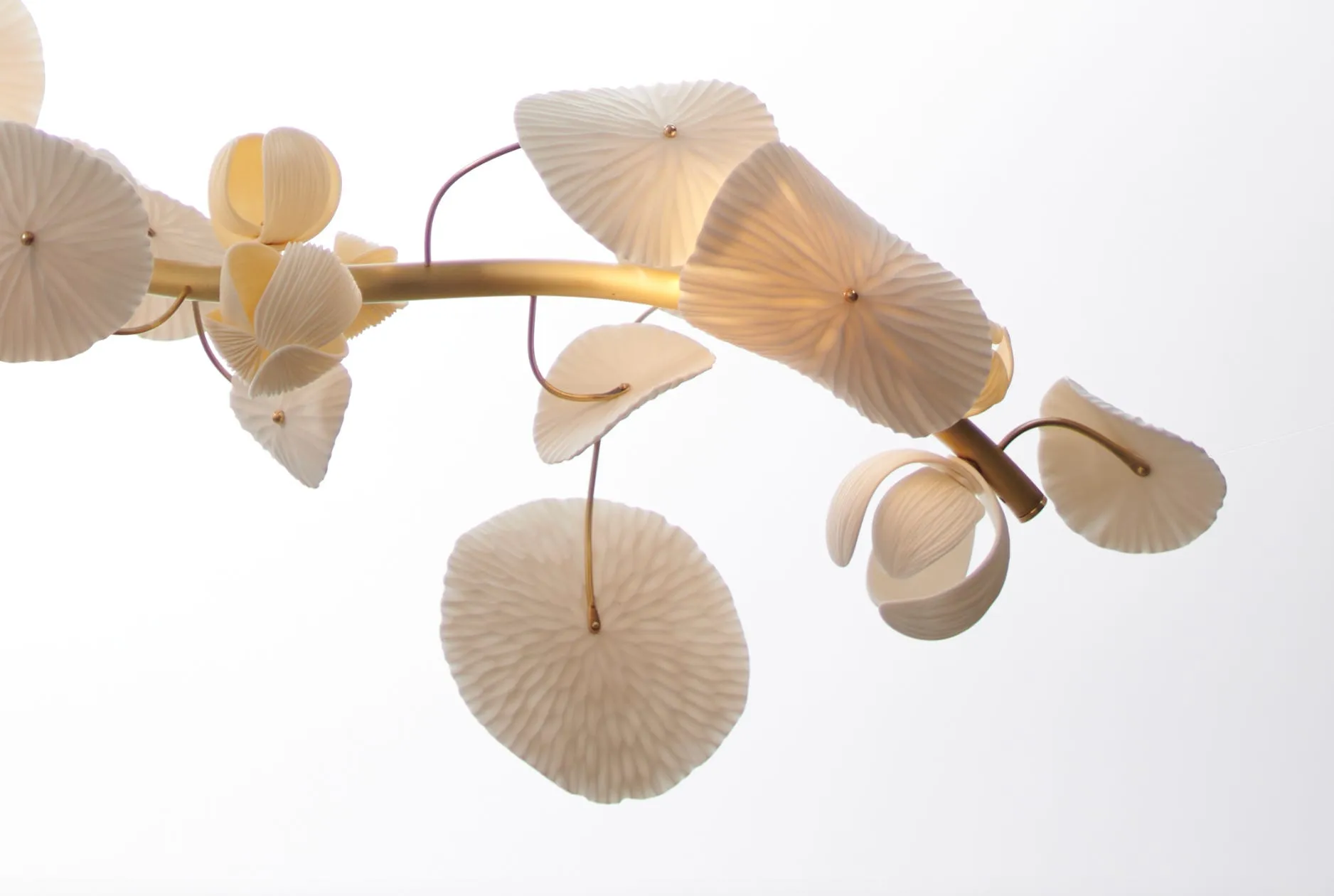


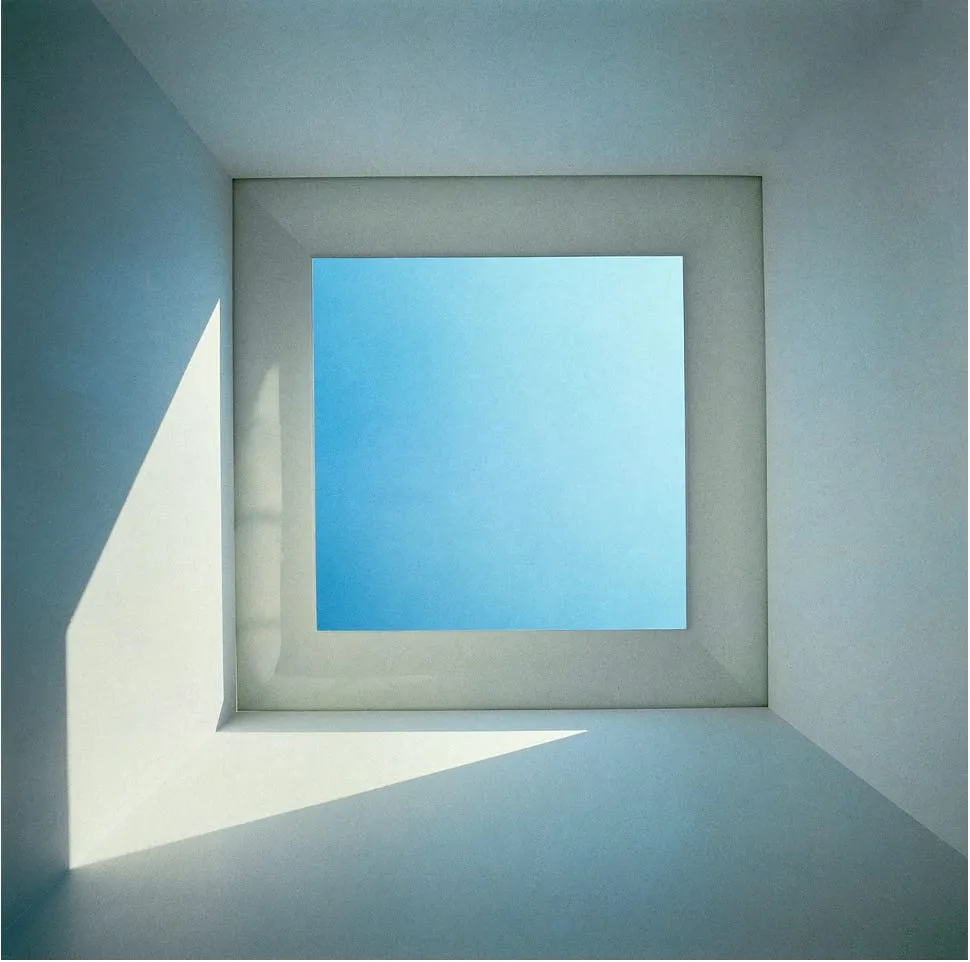
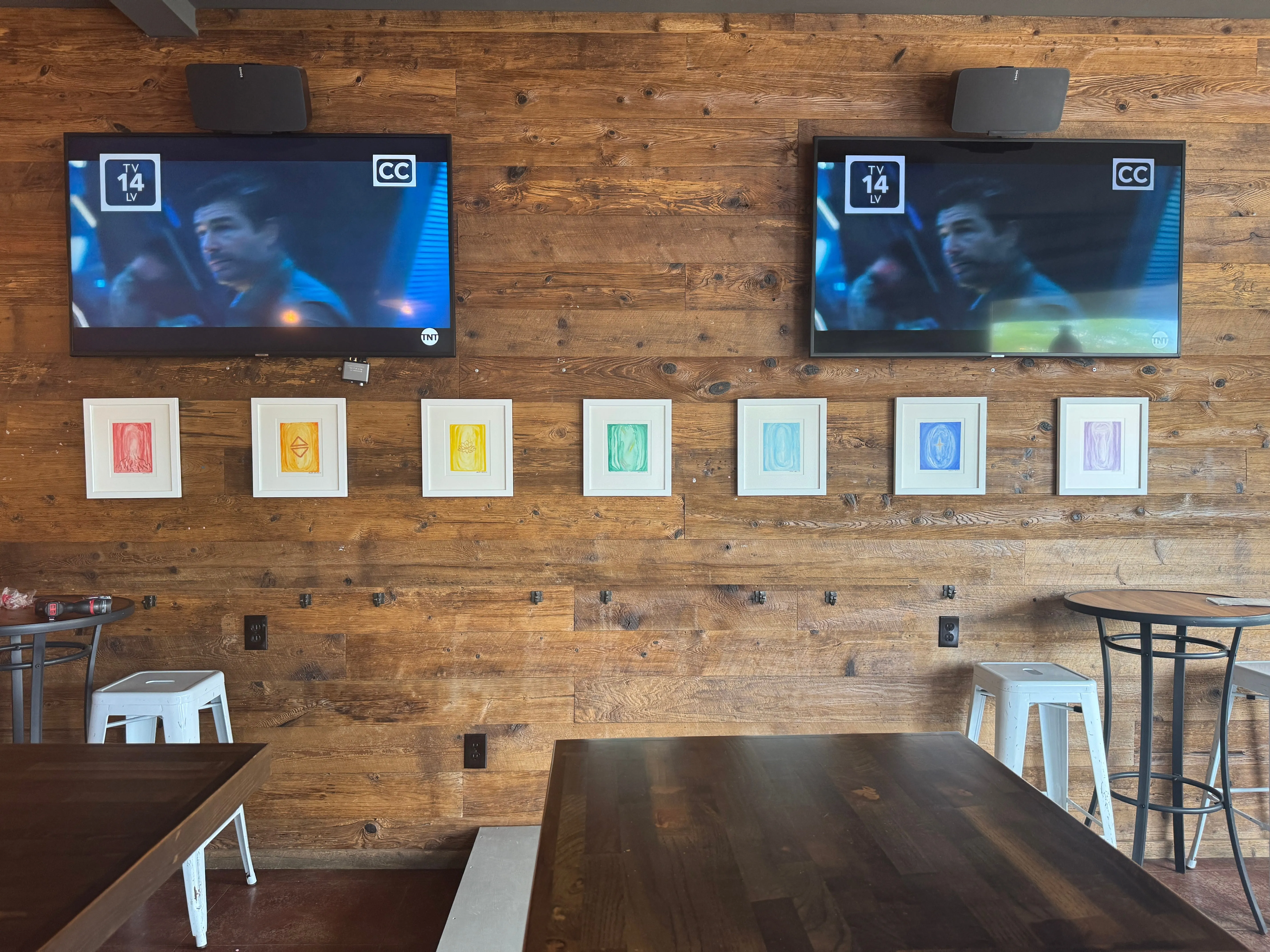

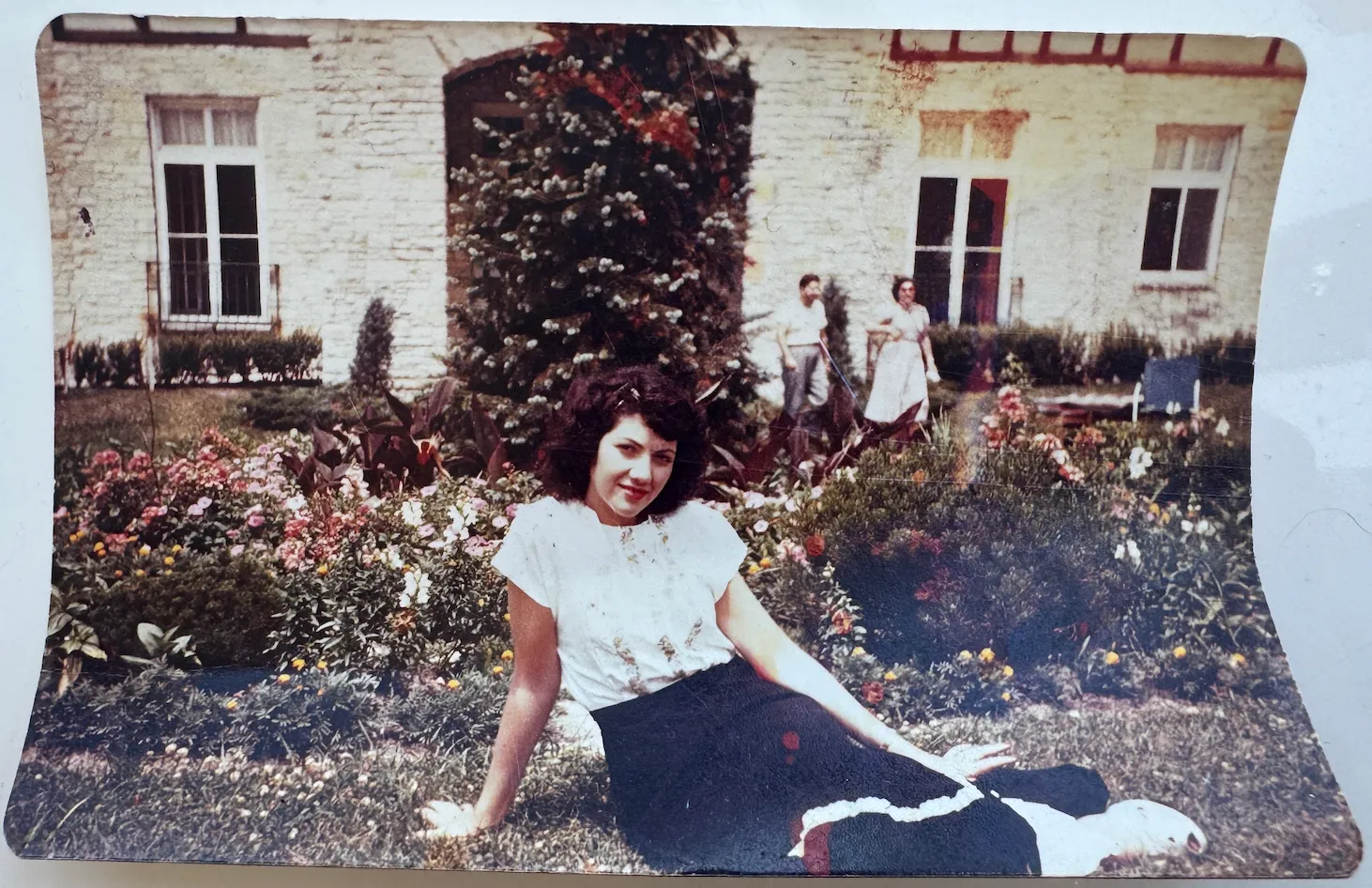

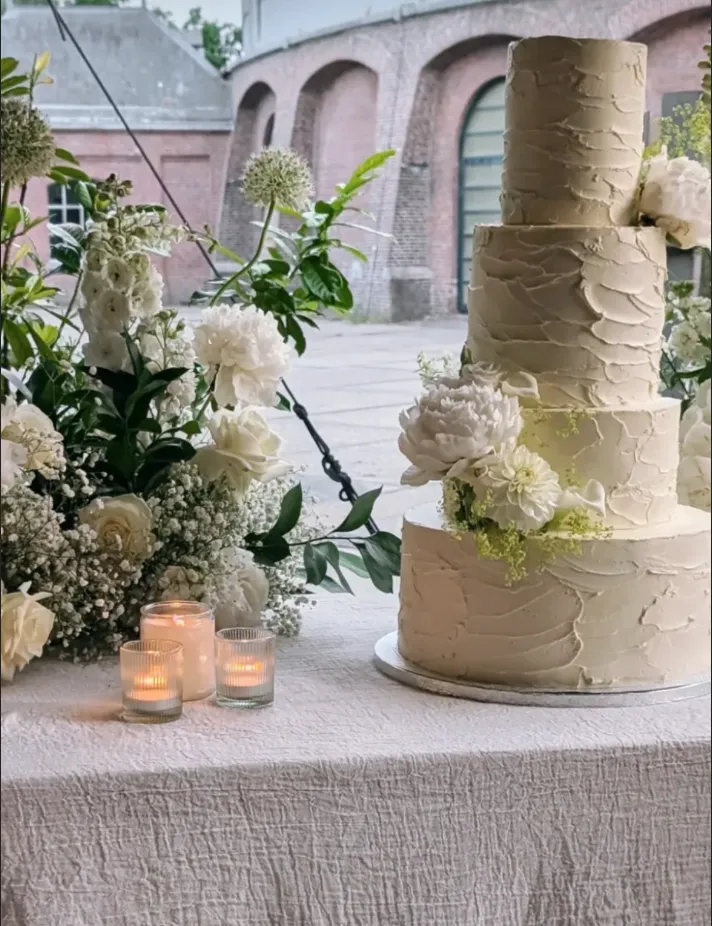


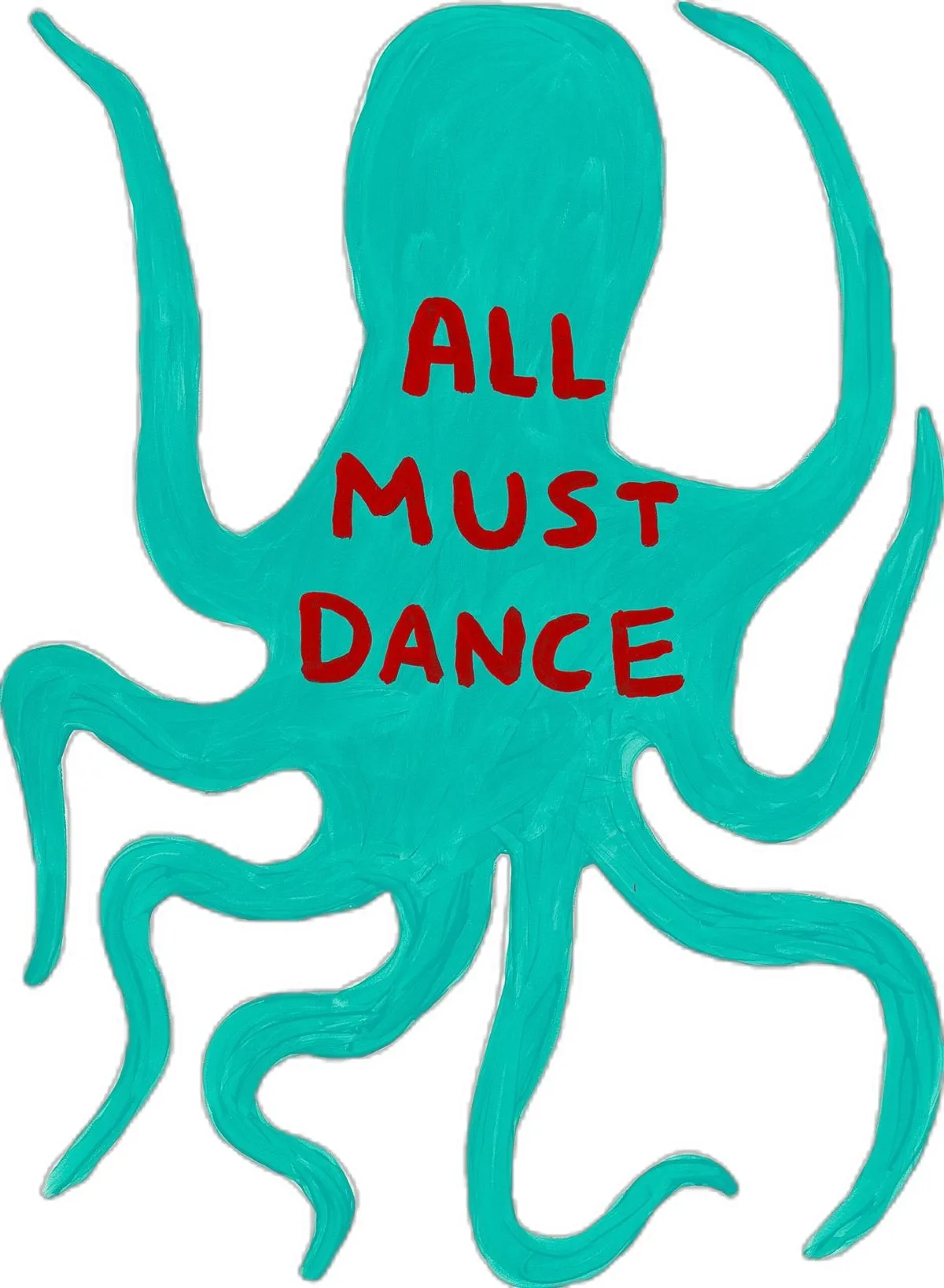


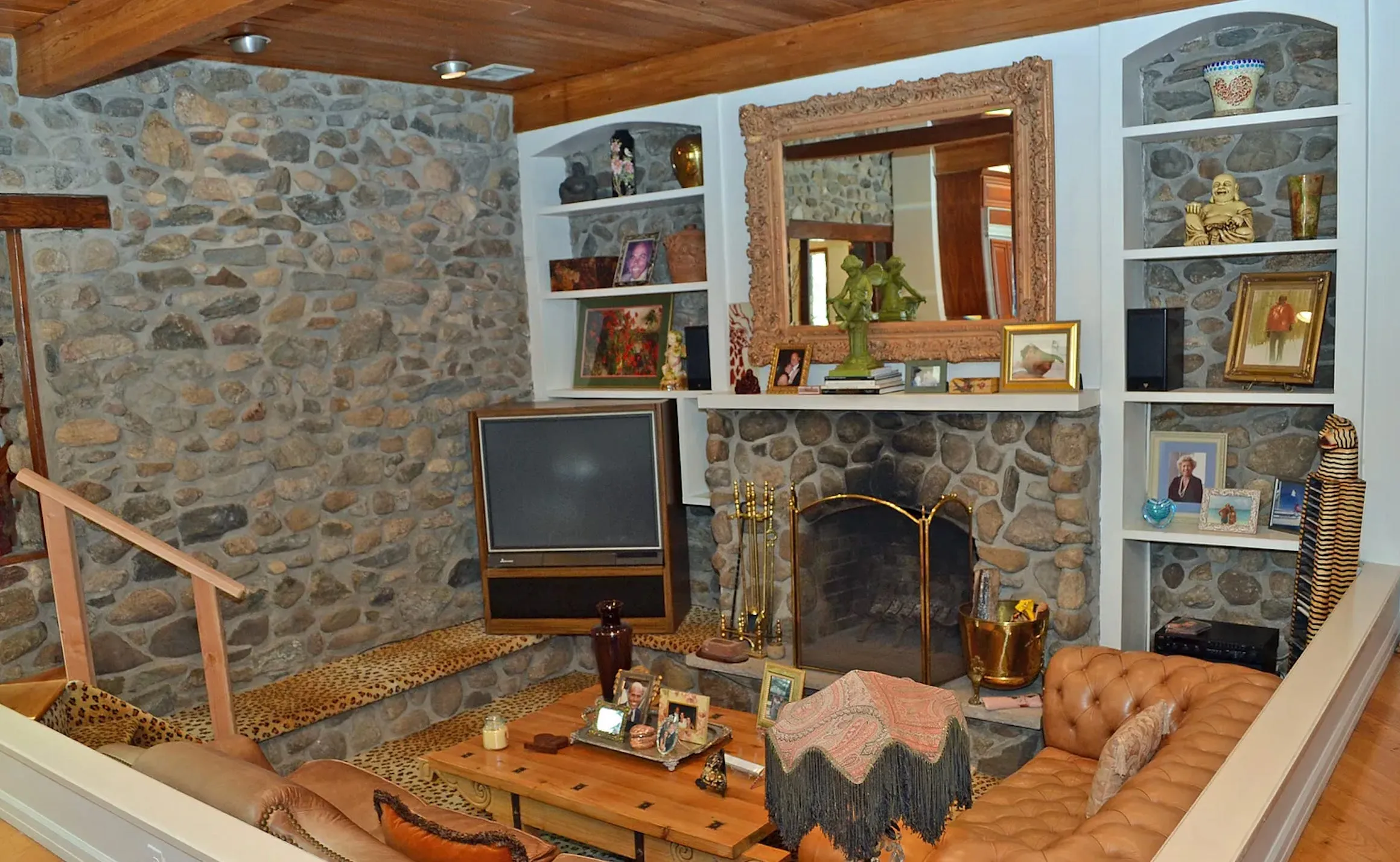


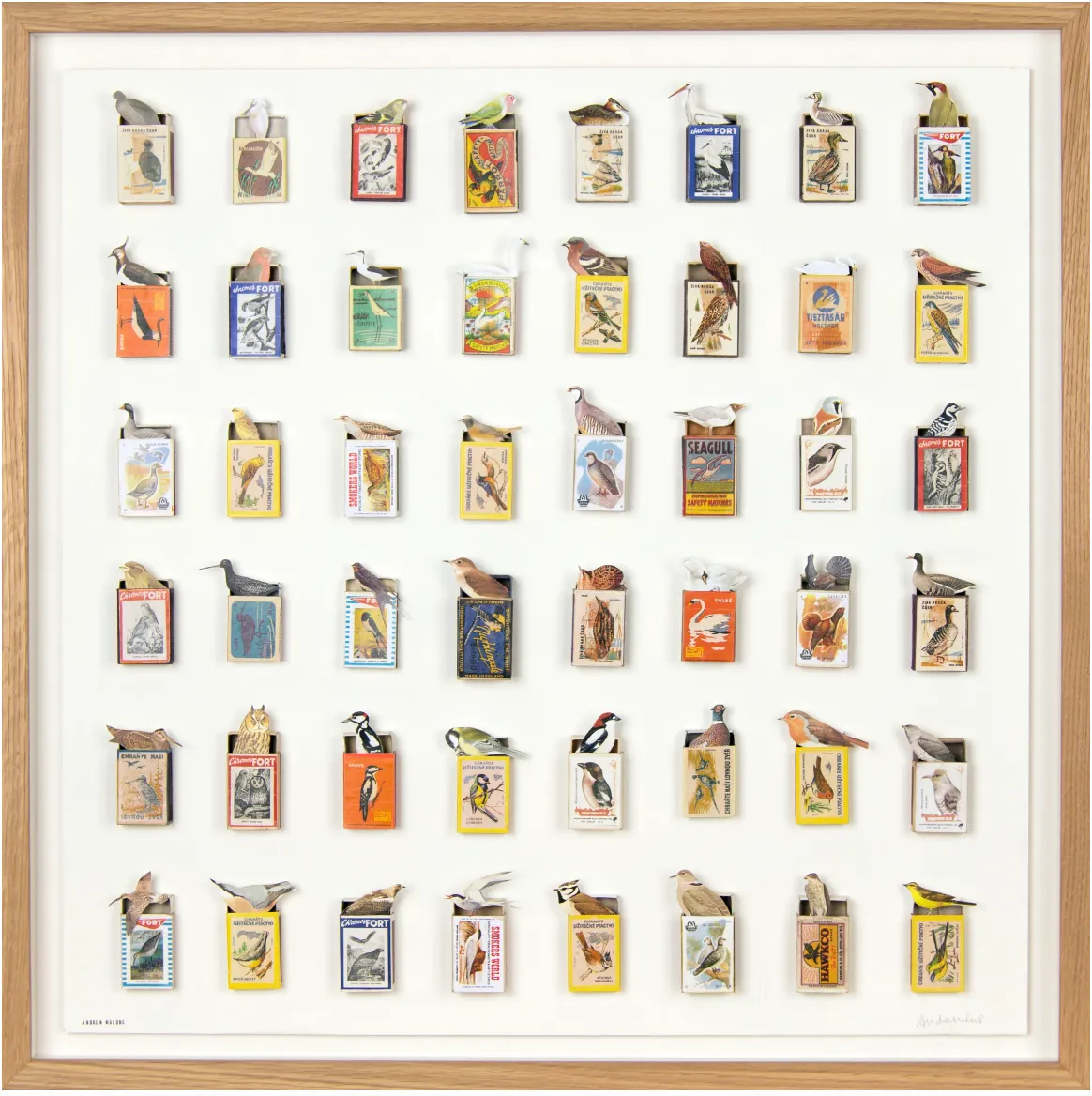


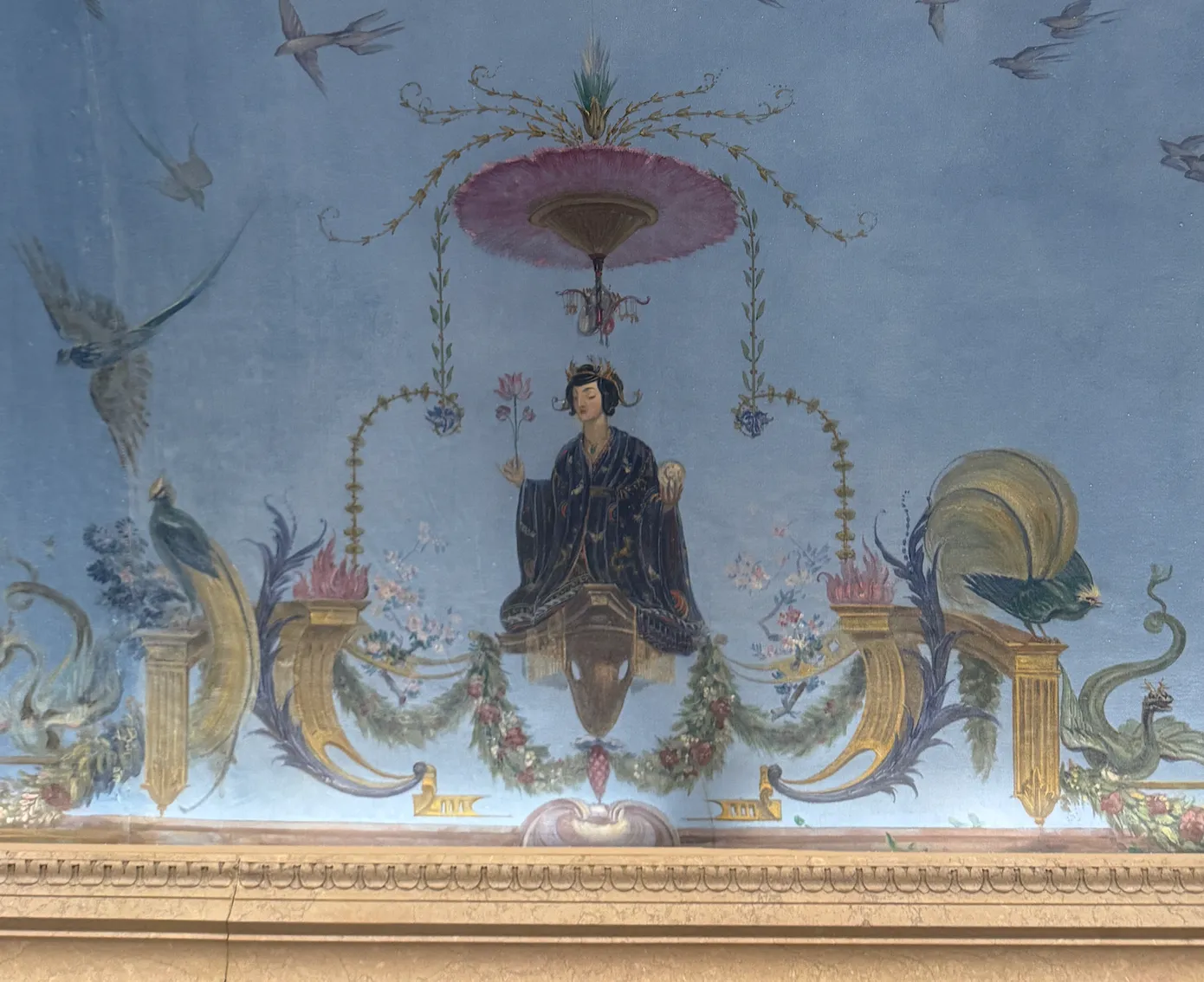

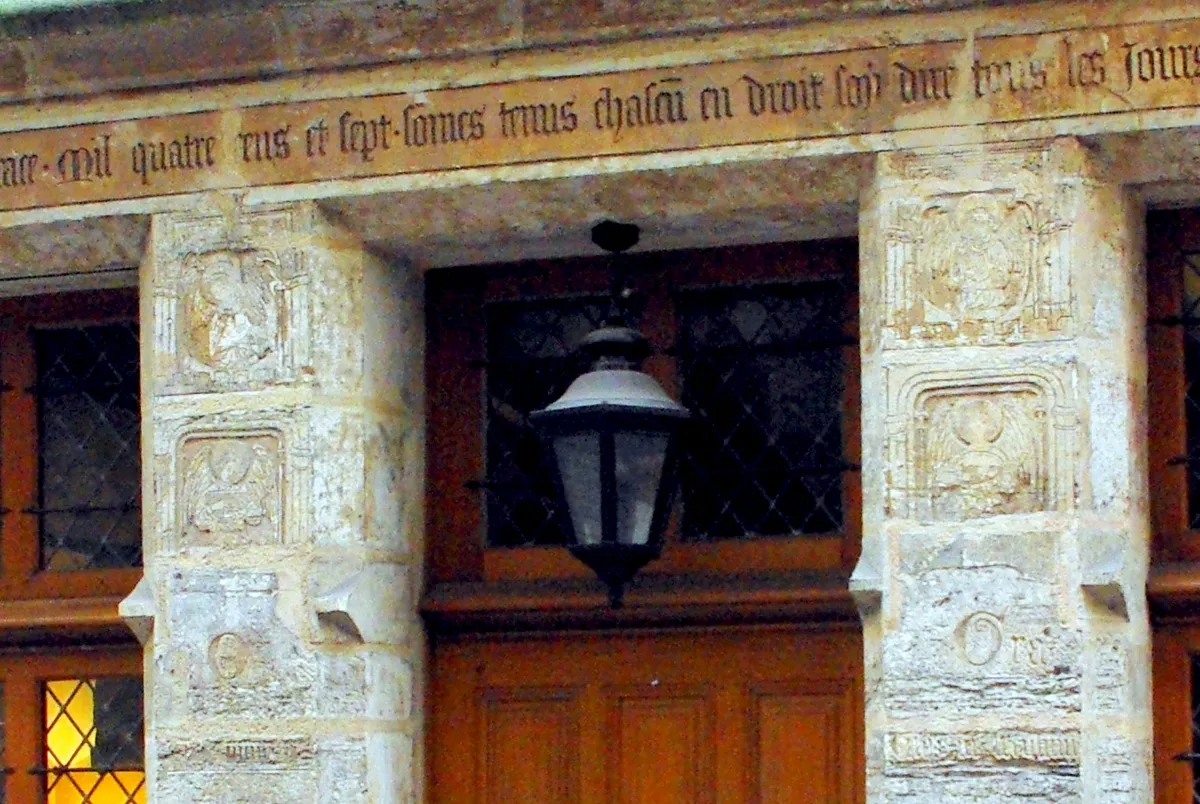
.webp)

.webp)

.webp)
.webp)
.webp)

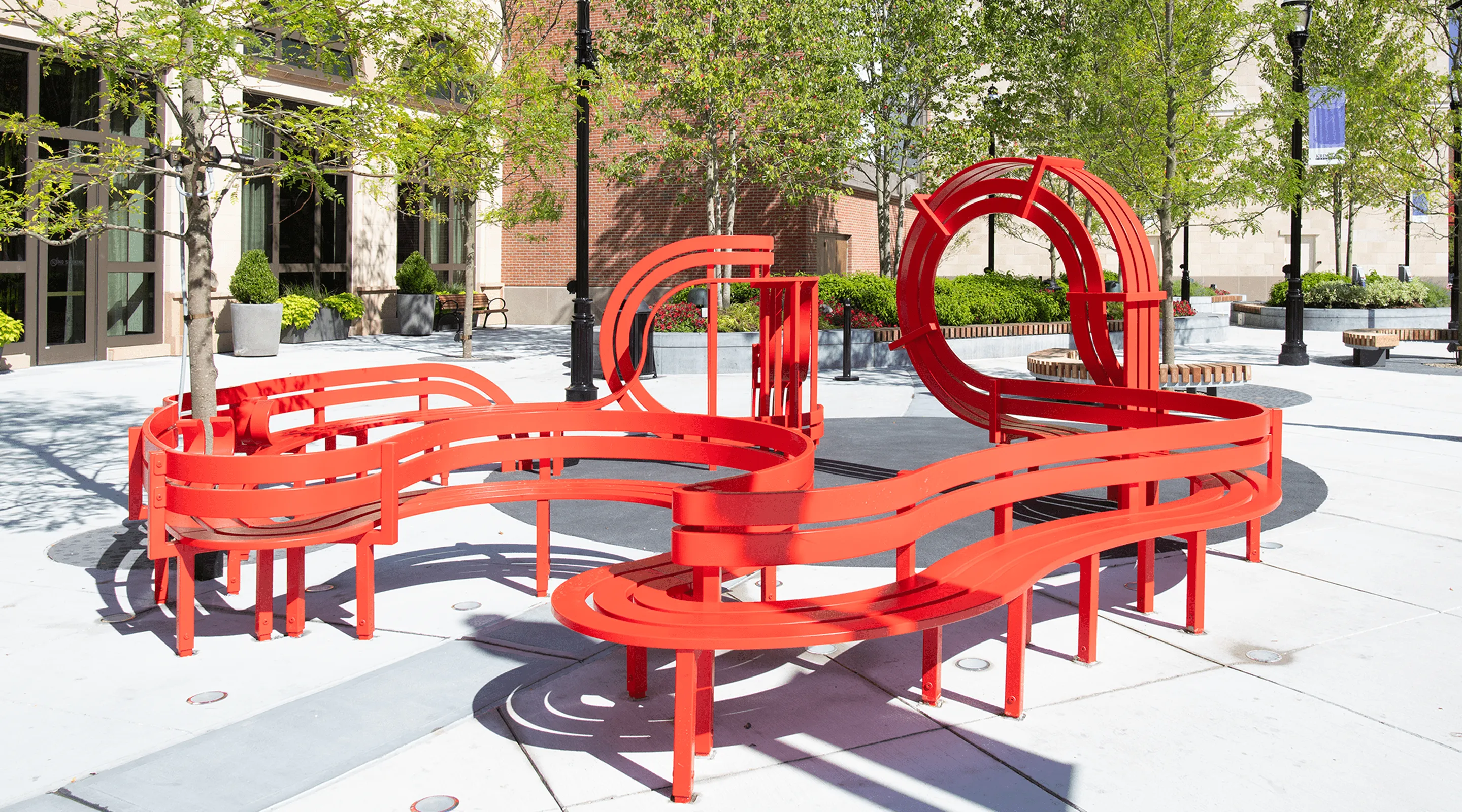


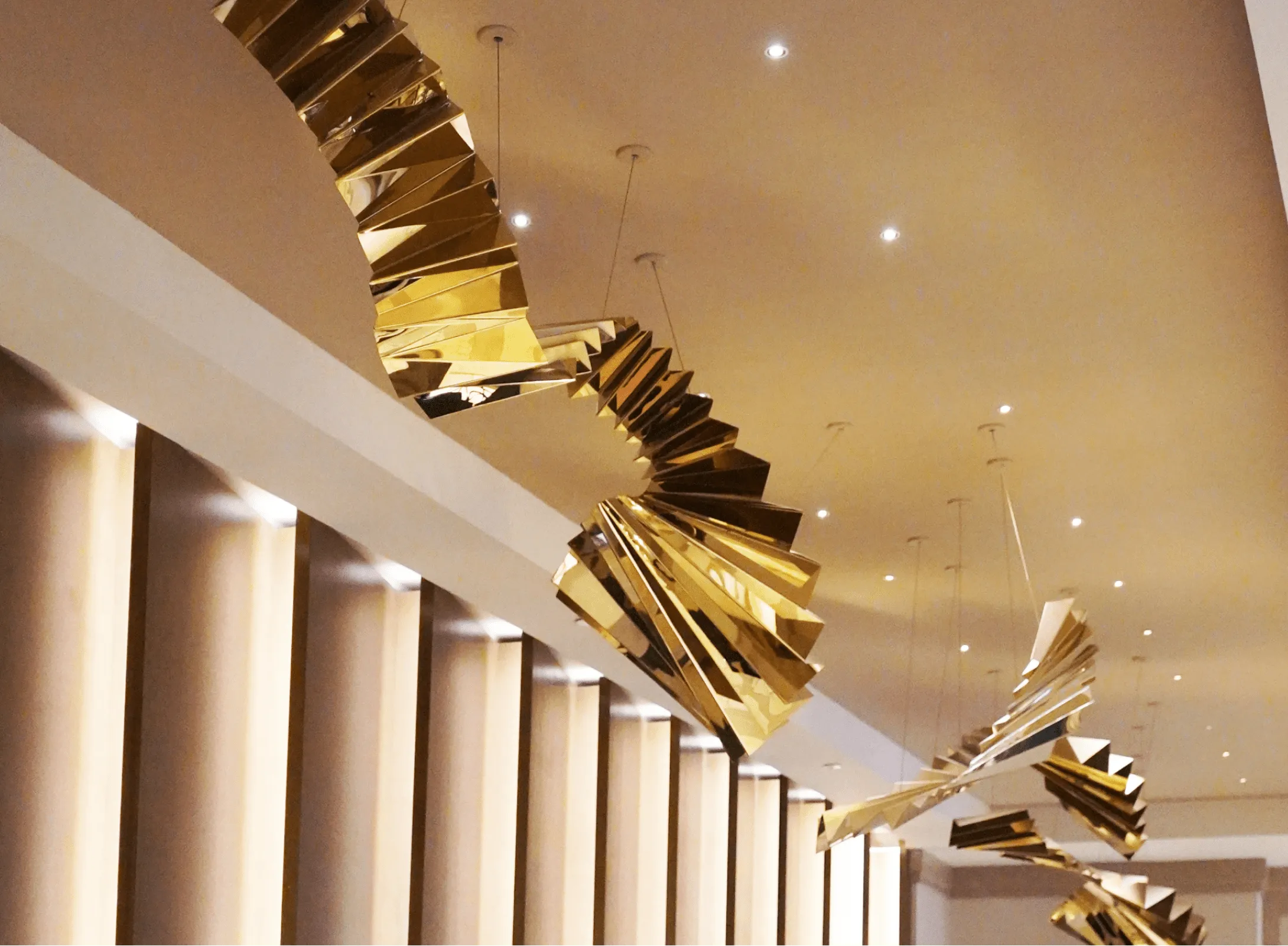
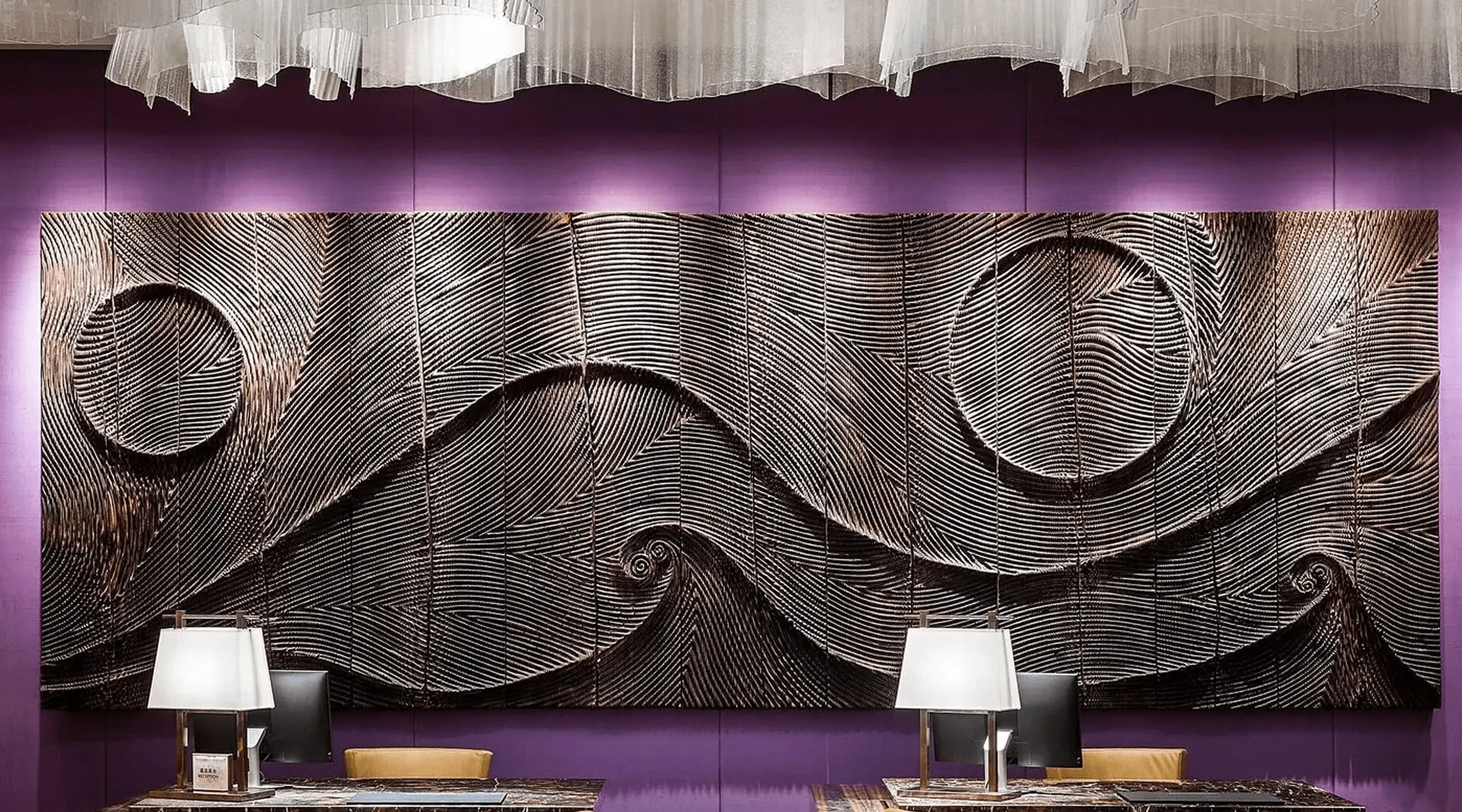
-min.webp)